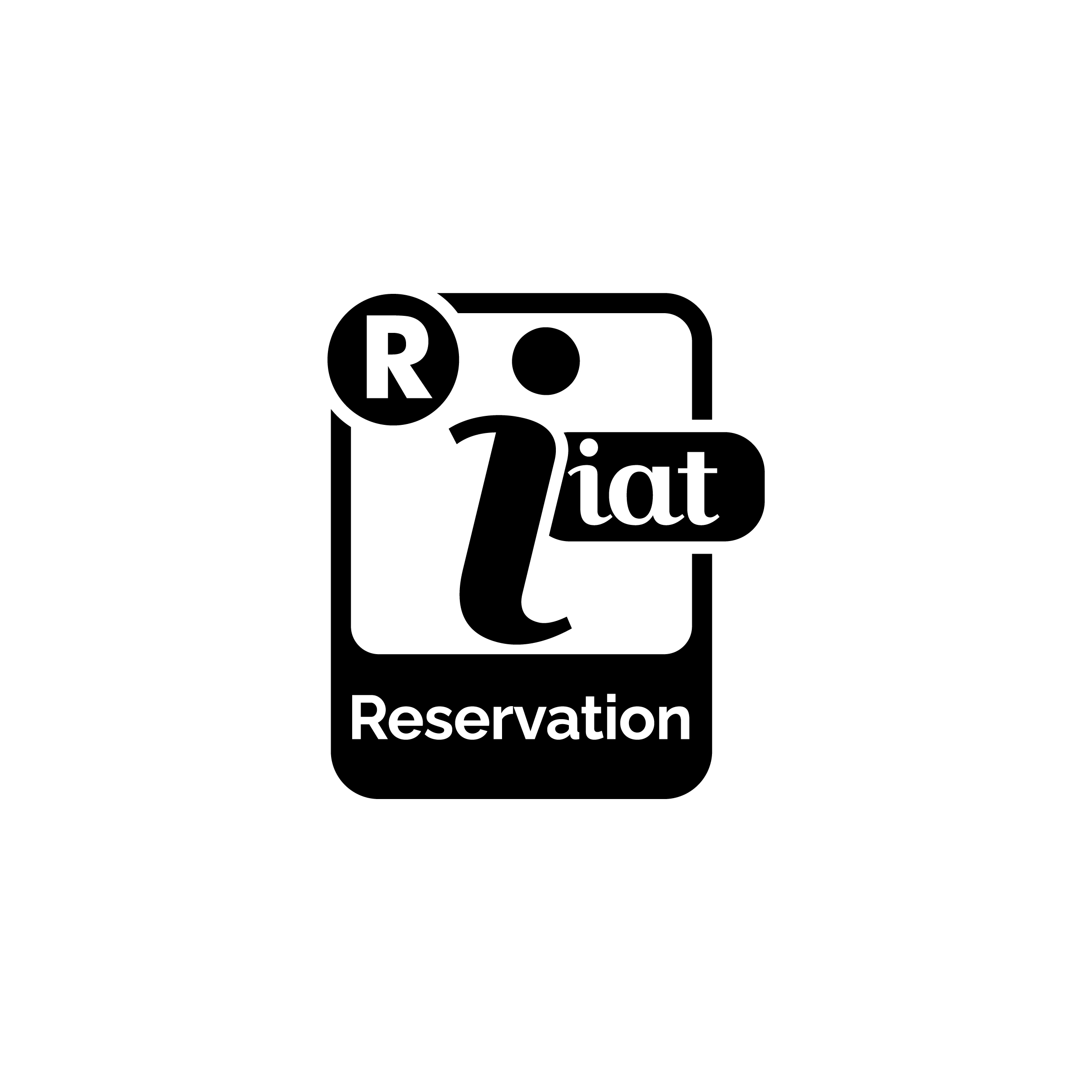Terramara "Santa Rosa" Museum
Address and contact
Via Parma, 1 - 42028 Poviglio 0039 0522 960426
![]() biblioteca@comune.poviglio.re.it
biblioteca@comune.poviglio.re.it La Terramara "Santa Rosa"
Museo della Terramara
Opening times
Museum opening hours for free visits
Tuesday 9.00 - 12.30 and 15.00 - 17.00
Wednesday 9.00 - 12.30
Saturday 9.00 - 12.30
Entry to the Museum during the above times is free, with no obligation to book and allows free visits to the exhibition spaces. Signing the visitor register is welcome.
Guided tours, even in foreign languages, are possible upon request and booking even at different times, through the Museum contacts.
Thursday and Friday mornings are normally reserved for educational activities dedicated to schools, including guided tours and workshops, upon reservation via the Museum contacts.
Prices
Free entrance.
The Museum offers guided tours and educational activities for schools, preferably on Monday and Tuesday, which have to be booked in advance, contacting the Library
How to get there
Poviglio
By car
From the exit Reggio Emilia of the Motorway A1 take SS358 to Castelnovo di Sotto / Brescello. If you rather follow Via Emilia (SS9), you have to turn northward once reached Sant'Ilario
By bus
From Piazzale Europa bus No. 93
Historical notes
Open in 1996, in occasion of the visit to the excavation of the participants to the XIII International Congress of Prehistoric and Protohistoric Science, the Museum exhibits the most important items found in Santa Rosa Terramara.
All the activities carried on by the Museum are funded by the Municipality of Poviglio.
The very important findings hosted in the Museum are almost 500 and offer a overall idea of what the life and the developement of the village has been.
There are ceramics, ornaments, bronze and bone tools, glass paste jewelry and much more.





